Table of Contents[Hide][Show]
A couple weeks ago, we told you about Walmart’s promise to cut down or eliminate 10 chemicals found in household and beauty products currently on its shelves.
Now, we’re informing you about another big announcement from Target. Things are changing slowly in the industry, but they’re changing. Target’s initiative is on the right track, but we have a few precautions for you.
Target recently announced the formation of a new program to eliminate chemicals from personal care products.
What Target Promised
According to an announcement made in mid-October, Target is gearing up to adopt a completely new “Sustainable Product Standard” meant to provide consumers with products that have fewer potentially harmful chemicals, and are more eco-friendly.
The company created the program to address consumer concerns about 1,600 chemicals that pose human health risks, along with 1,500 substances that threaten water quality. They are going to demand full disclosure of the ingredients, which would be a great step forward, as currently, many companies can hide a number of chemicals behind words like “fragrance.” Household cleaning products, as well, are often not required to list all ingredients on the label.
The company wanted a way to rate products for safety and sustainability, but currently, there are no industry-wide standards to do that. So they decided to develop their own.
Target Sets Up New Program to Rate Product Safety
There’s a company by the name of “GoodGuide” that provides information on health, environmental, and social impacts of consumer products. Target got together with GoodGuide to come up with their new rating program, which will now give each personal care and cleaning product sold on Target shelves a rating of zero to 100. The ratings will be based on the following criteria:
- Ingredients: Products can receive a maximum of 50 points in this category. Those that have one or more ingredients linked with high-level health concerns (as defined by Proposition 65 and the California Environmental Protection Agency) will lose points. Those with no ingredients on the hazard lists, but that have unspecified “fragrance” or “surfactant” ingredients can receive a maximum of only 25 points. (This in an effort to encourage companies to be more specific on their labels.) Products can receive 50 points only by having no ingredients on the hazard lists and no general ingredients that hide chemicals.
- Transparency: If the product lists all ingredients on the packaging and on the website, with the ingredient purpose also on the website—and no general ingredients (full disclosure)—it will receive a maximum of 20 points.
- Animal testing: A product not tested on animals will receive a maximum of 5 points.
- Packaging: If a product’s packaging sends minimal waste to landfill, and labeling empowers consumers to recycle, it may receive a maximum of 20 points.
- Water quality: A product that has no hazardous ingredients linked to damaging our rivers, streams, and oceans will receive 5 points.
A product can receive a maximum of 100 points and a minimum of zero, depending on these criteria. Those scoring higher on the scale are promised “program incentives,” which include identification as a safer product, better store placement, and advertising perks.
Our Concerns About GoodGuide
We’re happy to see change happening in the industry. Our company was built in response to the lack of quality products out there, so it’s great to see that customer demands are slowly making their way into corporate meeting rooms.
We’re concerned, however, about GoodGuides being the basis for Target’s new rating system. They give a leading purifying cleanser product a high “10” rating on health, for instance, indicating the product has no ingredients tied to health issues.
Yet if you read the ingredient label on this product, you’ll find that it contains the following:
- propylene glycol (made from petroleum, helps other ingredients penetrate skin, tends to dry out skin over time)
- parabens (preservatives tied to hormone disruption)
- phenoxyethanol (preservative tied with skin irritation)
- glycolic acid (exfoliating ingredient that may be harsh for those with sensitive skin)
Granted, these ingredients don’t have high health hazards, but if you go only by the GoodGuides reading, you may be tempted to forego looking at the ingredient label—not a good idea!
We’ll be watching Target to see what kind of job they do living up to this new standard. As usual, however, we advise you to continue to read labels and buy from those companies that truly care about using natural ingredients that aren’t linked with human health hazards and environmental damage. Target is working to push their suppliers to do a better job, but in the end, it’s up to the companies themselves as to what sort of changes they will make.
What do you think of Target’s announcement? Please share your thoughts.
* * *
Sources
Heather Somerville, “Target unveils sweeping changes to product safety standards,” San Jose Mercury News, October 16, 2013, http://www.mercurynews.com/business/ci_24324649/target-unveils-sweeping-changes-product-safety-standards.
“Target Sustainable Product Standard,” Corporate Target, https://corporate.target.com/_media/TargetCorp/csr/pdf/Target-Sustainable-Product-Standard-1.pdf.
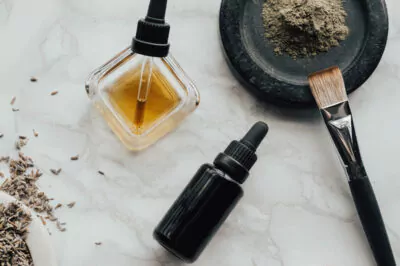

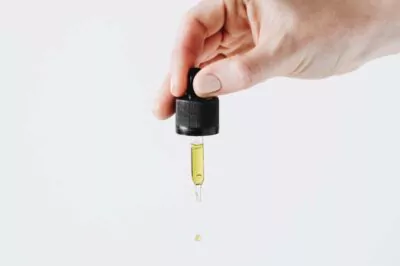
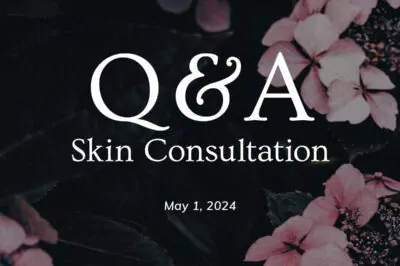
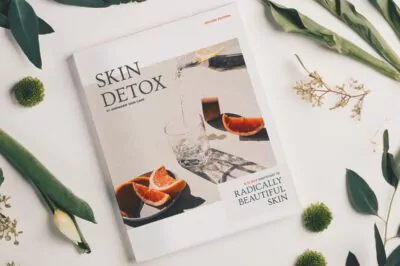
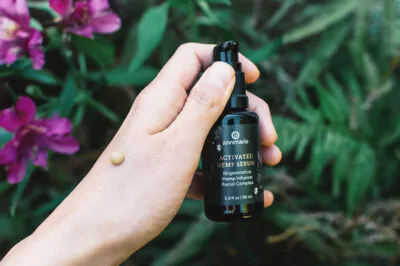
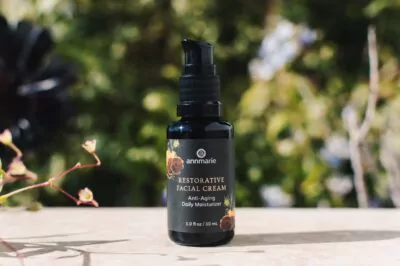
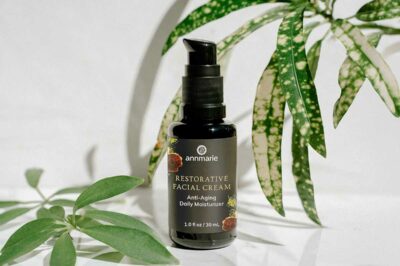
Leave a Reply